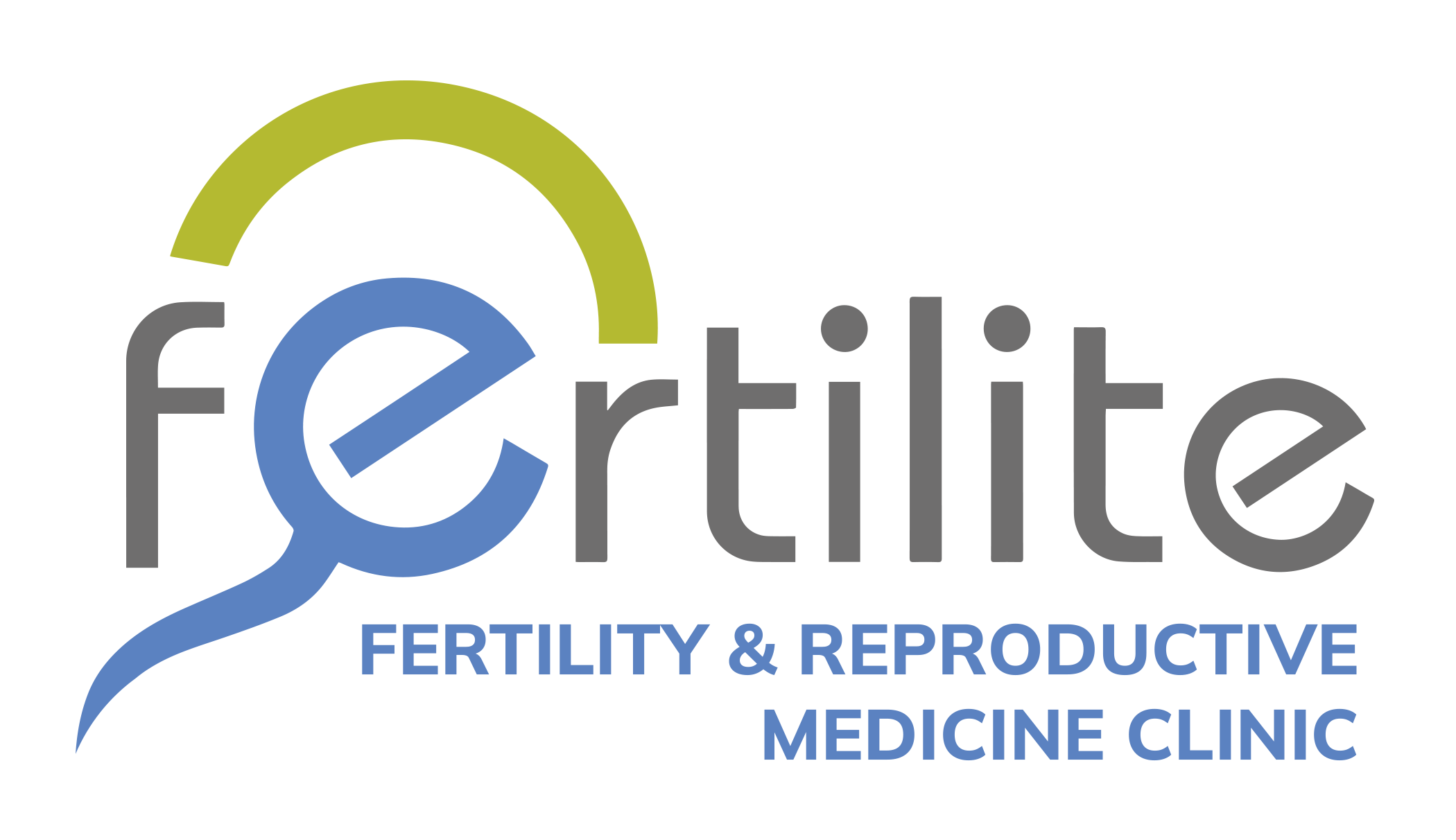In vitro fertilization (IVF) has become a life-changing solution for many couples facing fertility challenges. As fertility treatments become more advanced and accessible, many people are seeking options abroad. Mexico has emerged as a leading destination for IVF, offering high-quality treatments, experienced specialists, and more affordable costs compared to other countries. In this article, we’ll explore why in vitro fertilization in Mexico is becoming an increasingly popular choice for couples from around the world.
Why Choose In Vitro Fertilization in Mexico?
- Affordable IVF Costs One of the main reasons patients choose IVF in Mexico is the significantly lower cost. Fertility treatments, especially in countries like the U.S. and Canada, can be prohibitively expensive. In Mexico, IVF procedures can cost up to 50% less, making high-quality fertility care more accessible for those struggling to conceive.
- World-Class Fertility Clinics Mexico boasts numerous internationally accredited fertility clinics, many of which are located in major cities such as Mexico City, Guadalajara, and Cancun. These clinics are equipped with state-of-the-art technology and highly skilled fertility specialists, ensuring that patients receive world-class care throughout their IVF journey.
- Experienced and Certified Fertility Specialists Fertility specialists in Mexico are often trained internationally, bringing a wealth of knowledge and expertise to their practice. They stay updated with the latest advancements in fertility treatments, ensuring that patients have access to cutting-edge options in their in vitro fertilization Mexico journey.
- Personalized and Compassionate Care Fertility clinics in Mexico are known for their patient-centric approach. Each patient receives personalized care plans tailored to their specific needs. Whether it’s addressing male or female infertility factors or considering options like ICSI or PGT (Preimplantation Genetic Testing), Mexican clinics prioritize creating an individualized approach for successful outcomes.
The IVF Process in Mexico: What to Expect
- Initial Consultation Your IVF journey in Mexico starts with an initial consultation, either in person or virtually. During this consultation, the fertility specialist will review your medical history, discuss your fertility goals, and recommend the best course of treatment.
- Ovarian Stimulation and Monitoring Once a treatment plan is in place, the IVF process begins with ovarian stimulation. Fertility medications are administered to stimulate the ovaries to produce multiple eggs. This process is closely monitored through ultrasound and blood tests to ensure optimal response.
- Egg Retrieval After the eggs have matured, they are retrieved through a minor surgical procedure. This step is performed under sedation, and the eggs are then prepared for fertilization in the lab.
- Fertilization and Embryo Development The retrieved eggs are combined with sperm (either from the partner or a donor) in a laboratory setting, and fertilization occurs. The resulting embryos are monitored as they develop, and the healthiest embryos are selected for transfer.
- Embryo Transfer The final step is the embryo transfer, where the selected embryo(s) are placed into the woman’s uterus. This procedure is quick and painless, and the patient can usually resume normal activities the following day.
- Pregnancy Testing and Follow-Up Approximately two weeks after the embryo transfer, a pregnancy test is conducted to determine if the procedure was successful. If pregnancy is confirmed, the clinic will continue to monitor the patient through early pregnancy to ensure a healthy outcome.
Success Rates of IVF in Mexico
Success rates for in vitro fertilization in Mexico are comparable to those in top fertility clinics worldwide. Factors such as the patient’s age, fertility diagnosis, and the number of embryos transferred can influence the likelihood of success. However, many clinics in Mexico report high success rates, especially for women under 35 or those using donor eggs.
IVF in Mexico with Egg Donation
Egg donation is a popular option for patients with poor egg quality or women over 40. Many fertility clinics in Mexico offer robust egg donation programs, ensuring that patients have access to a wide pool of healthy donors. Egg donation can significantly increase the chances of a successful IVF outcome.
Medical Tourism and IVF in Mexico
Mexico has become a top destination for medical tourism, particularly for fertility treatments. The combination of affordable costs, world-class care, and beautiful destinations makes it an attractive option for international patients. Many clinics offer packages that include accommodation, transportation, and concierge services to make the experience as seamless as possible.
Choosing the Right IVF Clinic in Mexico
When considering in vitro fertilization in Mexico, it’s essential to choose a clinic that aligns with your fertility needs. Look for clinics that offer transparent pricing, detailed treatment plans, and a strong track record of success. Reading reviews and consulting with previous patients can also help you make an informed decision.
Final Thoughts: Is IVF in Mexico Right for You?
IVF in Mexico offers an excellent option for couples and individuals seeking affordable, high-quality fertility care. Whether you’re dealing with male or female infertility, advanced reproductive treatments in Mexico can provide the support you need to build your family. With personalized care, experienced specialists, and advanced technology, in vitro fertilization in Mexico may be the key to fulfilling your dreams of parenthood.
References
- National Center for Biotechnology Information. (2020). Infertility. NCBI Bookshelf.
- Fertilite Center. (n.d.). The Rising Demand for IVF: A Transformative Journey in Reproductive Health.
- Mearian, L. (2019, August 13). Women Are Traveling Far and Wide for Affordable IVF. CNBC.
- Fertilite Center. (2024). How Many Babies Are Born Through IVF?.
- Graham, J. (2023). Exploring Medical Tourism in Mexico. ResearchGate.
- Fertilite Center. (2024). Is IVF in Mexico Safe? What You Need to Know.
- Fertilite Center. (2024). Understanding Male Factor Infertility: Prevalence, Diagnosis, and Assisted Reproduction Treatments.




